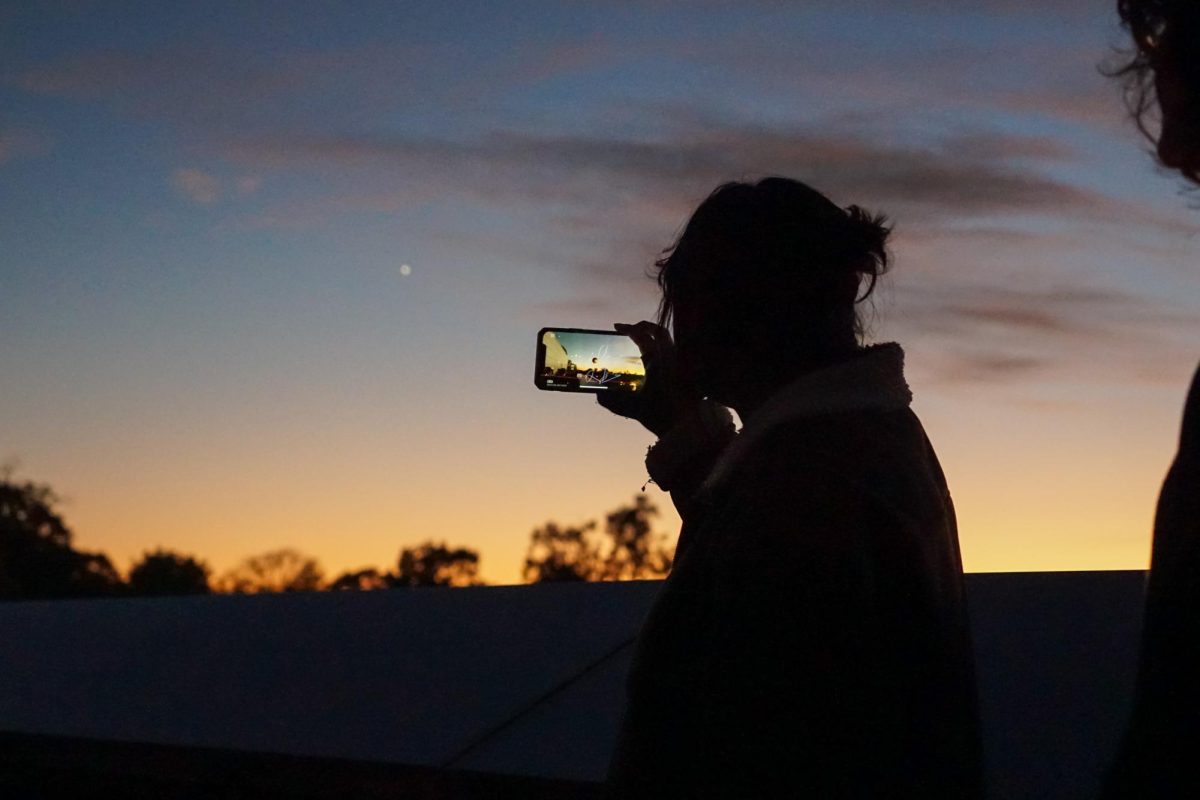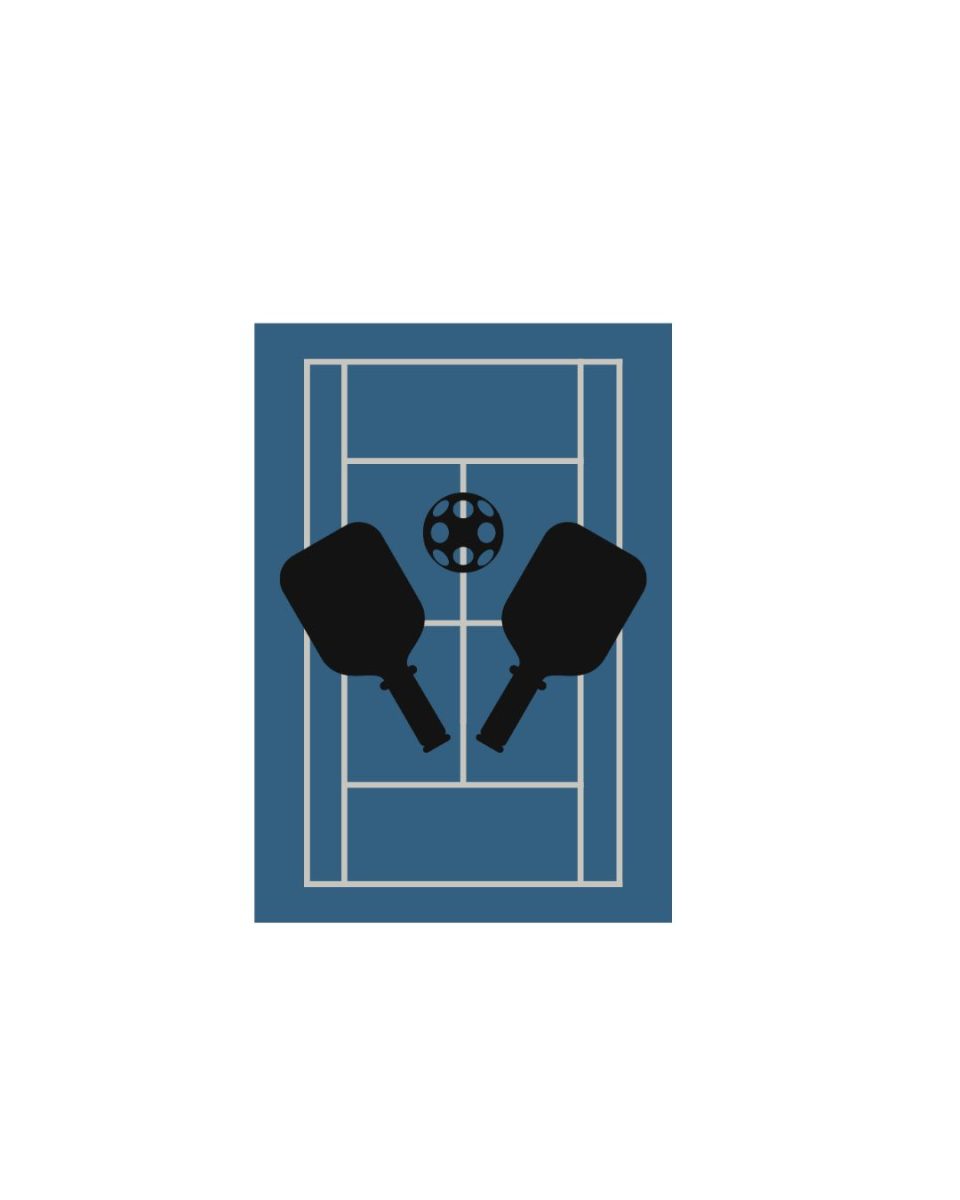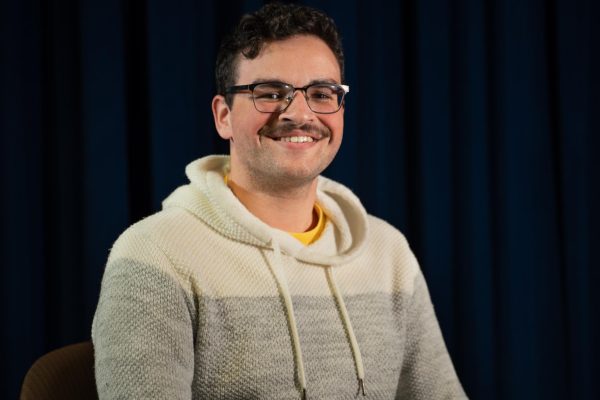Students, faculty, and residents from around South Jersey crowded the Science Hall observation deck on Thursday, Oct. 17 to see a comet that only passes once in 80,000 years.
Comet C/2023 A3 Tsuchinshan–ATLAS came streaking from the Oort cloud, passing Earth and becoming visible starting Oct. 12, and will continue to be visible until the end of the month. According to space.com, the closest the comet was to Earth was 52 million miles (84 million kilometers).
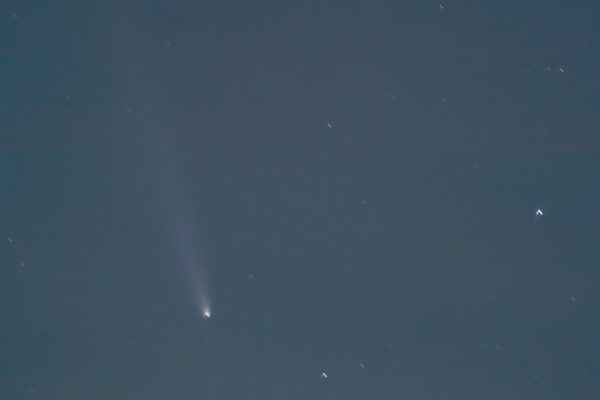
Science Hall held an open house for its observatory deck to invite anybody to enjoy the comet from the 4th floor. People were interested, as the building and observation deck crowded quickly.
“There was a constant stream of people…for two hours,” said Sarah Fobes, the assistant director of communication & events for the College of Science and Mathematics.
The open house started at 6:30 p.m., and small groups went up by elevator to the deck. The prospect of seeing the comet was exciting to many who were waiting.
“I don’t think I’ve seen a comet before,” said Tanya Ponce, a pharmaceutical science major.
She found out about the comet that night.
“I was scrolling through Instagram and saw Rowan’s post,” Ponce said.
Groups that were let up onto the balcony were greeted by Dr. Eddie Guerra, observatory coordinator and Associate Dean of the Department of Physics and Astronomy at Rowan.
Guerra said the comet would be visible to the naked eye, and that “it might look like a cloud.”
While it was visible without telescopes or binoculars, both of which were shared by the observatory to get a closer look, the comet was difficult to locate and get a glimpse of. One reason why is the light pollution at Rowan.
“They always have the stadium lights on,” Elliot Ward, a volunteer for the event, said. Localized light pollution is a frustration for the observatory, and especially for observers of the comet.
Not being able to see the comet well didn’t deter people from enjoying the event, however. Scott Marcuson, a junior engineering major, wasn’t too bothered by the dim skies.
“It’s a nice excuse to enjoy the night,” Marcuson said.
As the skies darkened, the clouds moved, and the comet showed itself, people clamored to see it through the binoculars and telescopes, as well as their squinted eyelids.
Croce Randazzo, a senior computer science major and volunteer, saw the comet through the observatories’ binoculars to help locate it for others.
“It’s as cool as seeing Saturn’s rings [through the observatory],” Randazzo said.
“I’ve never seen anything with a tail before,” Erin Finley, a senior chemistry major and volunteer said.
“Being able to see little kids and their eyes light up, it makes the body light up to see it,” said Finley.
Andy Vicente, a father who brought his wife, son, and daughter from Washington Township, knew he was passing along his and his father’s joy in watching the sky.
“It was a no-brainer to come out and see [the comet],” Vicente said.
The comet wasn’t the only spectacle of the night, either. The largest and brightest full moon of the year shared the skies, and so did a bright Venus.
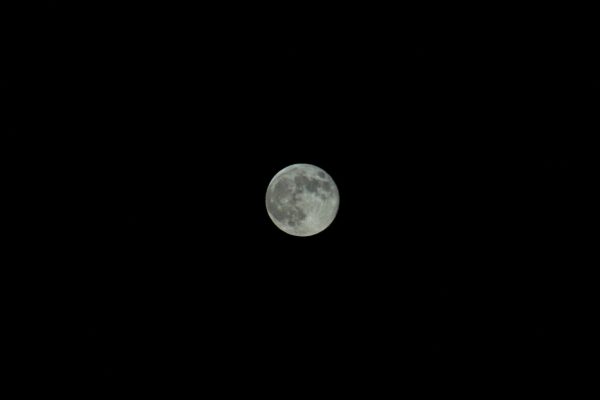
As the comet dipped lower into the sky, and light pollution became more of a hassle, many were satisfied with having seen the night’s natural show.
Guerra summarized the frustrations and satisfaction of the night.
“With a little stubbornness & help from our students we got to see a once in 80,000 year opportunity,” Guerra said. The event showed why “you don’t need fancy equipment to enjoy the sky.”
“It’s so awesome to see something like this on campus,” Morgan March, a College of Education faculty member and space enthusiast said.
The comet will still be in the sky, and later this month the moon will wane so the night will also be darker. With a pair of binoculars, night-vision cameras on phones, and a little persistence, Comet C/2023 A3 will still be visible until Oct. 26th.
For comments/questions about this story DM us on Instagram @thewhitatrowan or email [email protected]
























































































































































!["Working with [Dr. Lynch] is always a learning experience for me. She is a treasure,” said Thomas. - Staff Writer / Kacie Scibilia](https://thewhitonline.com/wp-content/uploads/2025/04/choir-1-1200x694.jpg)








































